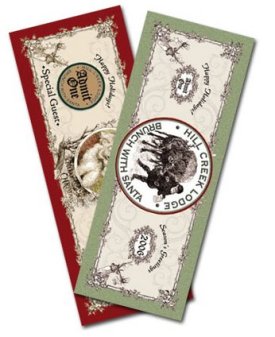We call those reasons incentives. Sometimes the incentive is designed to specifically make a sale, as in "$2.00 off medium pizza with this coupon." Other times the incentive is planned simply to expose the customer to the product, to break down preliminary barriers that are roadblocks to a future sale.
With a promotional program, you can persuade people to try your product, to experiment with new beliefs about your service; you can shift buying habits so that light users find reasons to buy more.
 Who uses promotions? There are business-to-business promotional programs, and there are consumer programs. We'll talk mainly about consumer programs. The concepts we'll discuss are really about the same for both. Remember, people do business with people. It's just a matter of what market you're trying to influence (end users or intermediaries).
Who uses promotions? There are business-to-business promotional programs, and there are consumer programs. We'll talk mainly about consumer programs. The concepts we'll discuss are really about the same for both. Remember, people do business with people. It's just a matter of what market you're trying to influence (end users or intermediaries).
Different businesses are drawn to different styles of promotion. The most frequent users of promotional programs are the retail services, like car care, hair care, and restaurants. Coupons are the most common promotion for these types of businesses; dry cleaners use coupons extensively, and so do groceries. It's the ability to track results, as well as their proven effectiveness, that makes coupon offers so popular.
In the business-to-business world, suppliers frequently engage in promotions by offering sale prices. You are less likely to see coupons here, because the patterns of purchasing are a little different. The person making the decision to buy may not be the same person who is writing the check, so requiring the physical coupon to be used would be an unnecessary barrier to the desired sale.
Promotions work because people like something for nothing. They respond to two-for-one offers, and they love a good deal or free extras with their purchases. Special promotions help lots of businesses achieve their marketing objectives, such as combating seasonal cycles or stealing attention from the competition.



